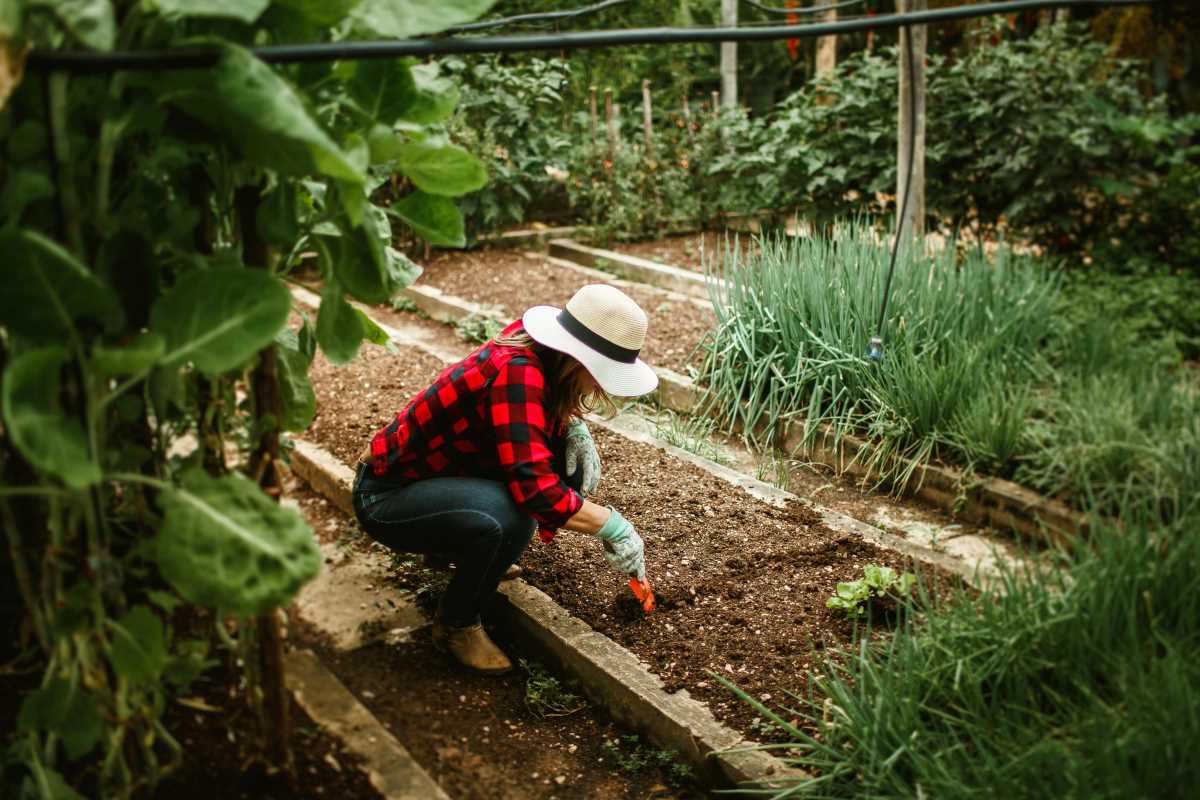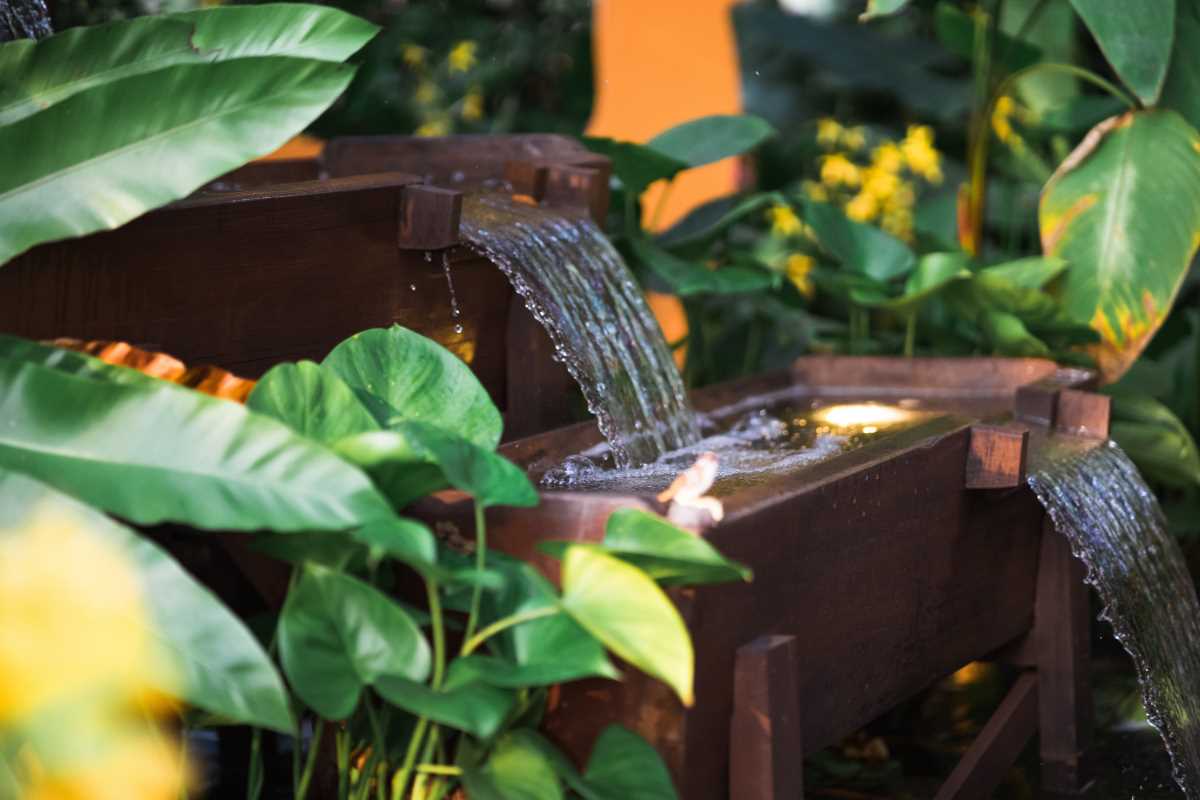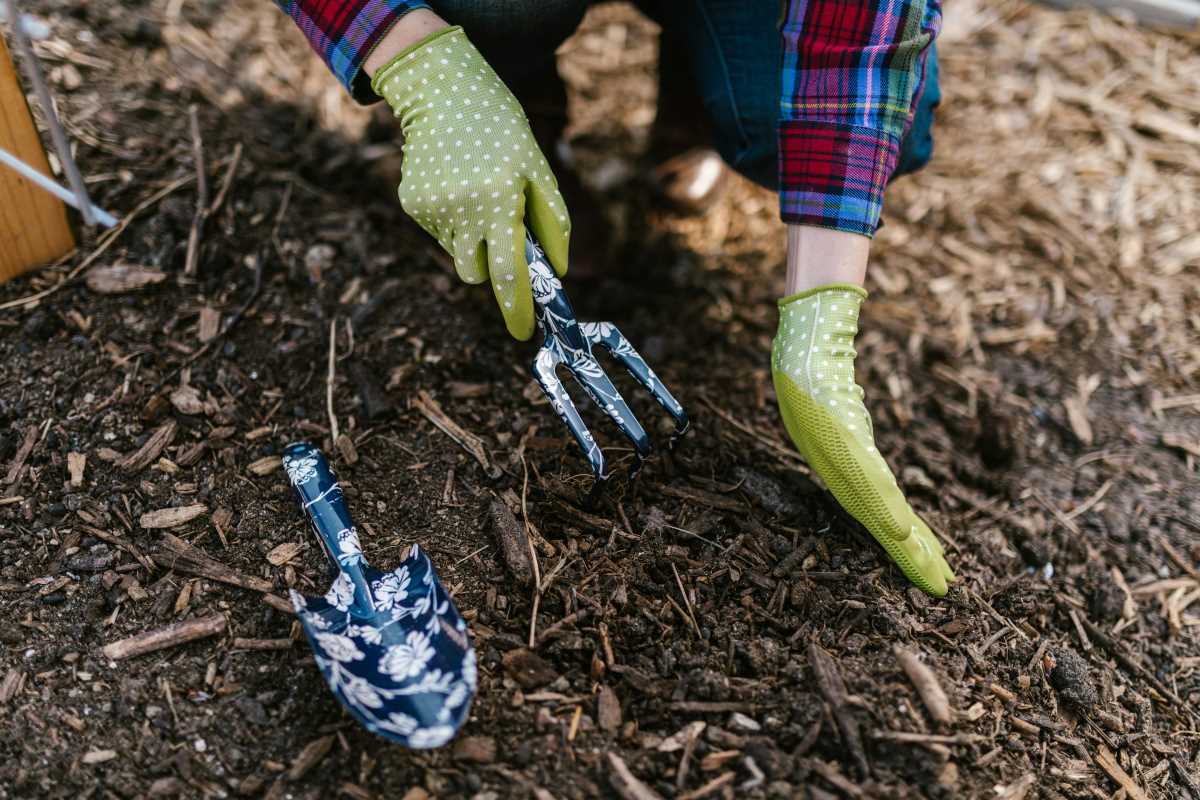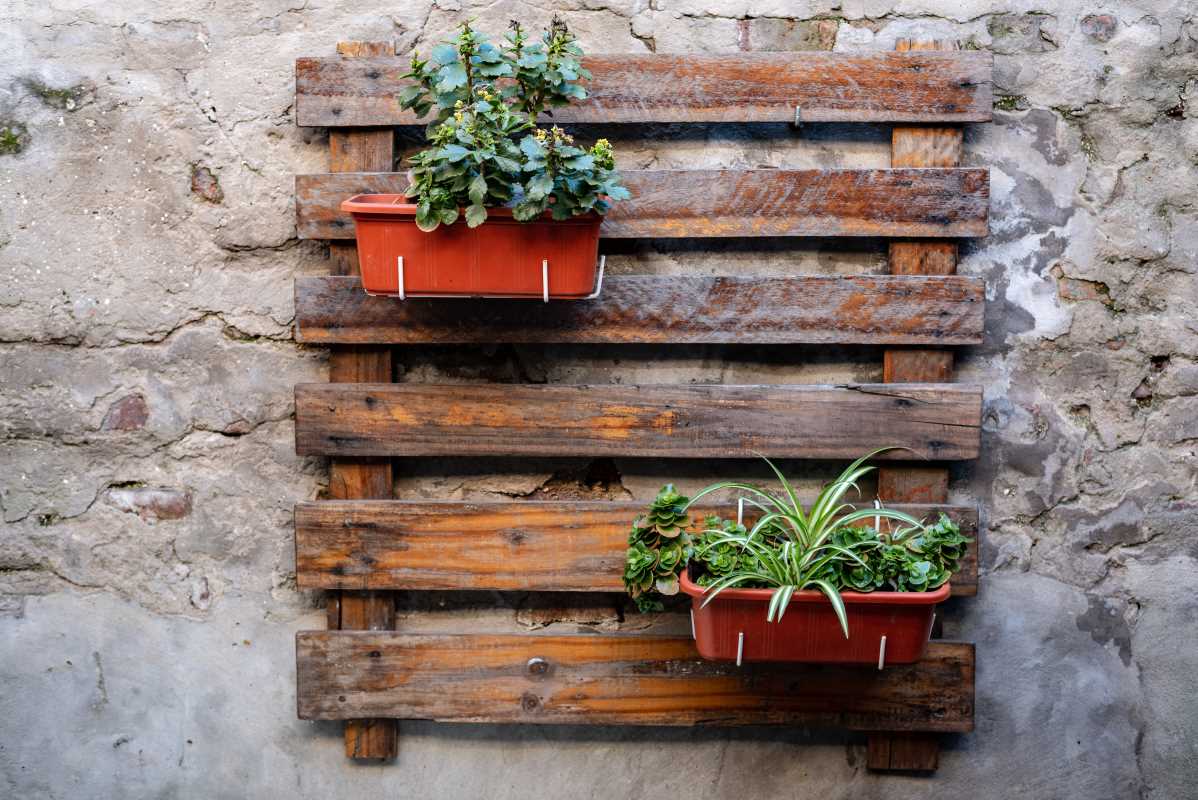Grass and dandelions often pop up where you least want them, spreading across flower beds and lawns alike. Pulling weeds by hand can quickly turn into an exhausting chore, while harsh chemical treatments may raise concerns about safety. You can maintain a tidy, attractive yard using gentle, effective methods that don’t rely on strong products. With a little knowledge about the most common weeds and some help from items you already have at home, you can tackle unwanted plants with confidence. These practical approaches not only protect your garden’s health but also help you save money and enjoy your outdoor space even more.
Start small and test one method at a time. You’ll find which tools and techniques suit your space and schedule. With these tips, you’ll build a routine that keeps weeds in check before they crowd out your favorite blooms.
What We Need to Know About Common Garden Weeds
- Dandelions: Recognizable by bright yellow heads and deep taproots.
- Crabgrass: Spreads low to the ground with wide blades.
- Clover: Tiny leaves in groups of three, often in damp spots.
- Bindweed: Twining vines that choke other plants.
You’ll notice some weeds pop up after rain, while others thrive in compacted soil. Identifying each type helps you choose the right removal method. You don’t need fancy tools—just a basic hand trowel and a notebook to track what grows where.
Watch for seedlings early in the season. Removing young shoots takes less effort and prevents dense patches later on. A quick morning check of high-traffic areas will keep you ahead of most intruders.
How to Prepare Your Soil Using Organic Amendments
- Test the pH: Use a soil kit from a garden center to check acidity.
- Mix in compost: Spread a 2-inch layer and turn it with a spade.
- Apply mulch: Cover bare areas with bark chips or straw.
- Water lightly: Encourage soil microbes without saturating new amendments.
Compost adds nutrients while improving drainage, making soil less friendly to weed seeds. Mulch acts like a blanket, blocking sunlight and stopping many seeds from sprouting.
After you mix compost, let the soil rest for a week before planting. That gives organic matter time to settle. Then you’ll have a smoother process when adding young plants or seeds.
Natural Methods to Control Weeds Effectively
- Boiling Water: Pour directly on unwanted sprouts early in the day.
- Vinegar Spray: Use a 5% acetic acid solution in a spray bottle.
- Cornmeal Meal: Spread around seedlings to stop germination.
- Plant Cover Crops: Clover or rye can choke out weeds by shading soil.
You can also grow groundcovers like creeping thyme between stepping stones. This fills gaps and leaves little room for weeds to invade.
How to Prevent Weed Regrowth
- Edge Beds: Install metal or plastic edging to keep grass out.
- Reapply Mulch: Top up every spring to maintain a 2-inch depth.
- Use Landscape Fabric: Place under mulch in high-weed zones.
- Rotate Plantings: Move vegetables and flowers each season.
- Monitor Drip Lines: Adjust irrigation to avoid puddles that wash seeds.
Edging creates a clear border so grass runners can’t sneak into flower beds. You’ll save hours of trimming time later on.
Rotating crops and flowers helps break weed cycles. Some weeds specialize in certain crops, so moving beds around keeps them guessing.
Tips to Keep Your Garden Free of Weeds
Run a quick weeding session every week. Spending a few minutes pulling tiny plants early on prevents hour-long battles later. Focus on areas next to hardscapes where seed blow-in often happens.
A simple tool like a hori-hori knife makes cutting roots easier than a spade. Keep it sharp and clean between uses to avoid spreading disease. Drop removed weeds into a bucket, then compost or discard them away from your planting zones.
Mix these methods and focus on soil health to maintain a cleaner yard. Follow a routine, experiment with ideas, and you’ll see the benefits of avoiding harsh chemicals.
 (Image via
(Image via





